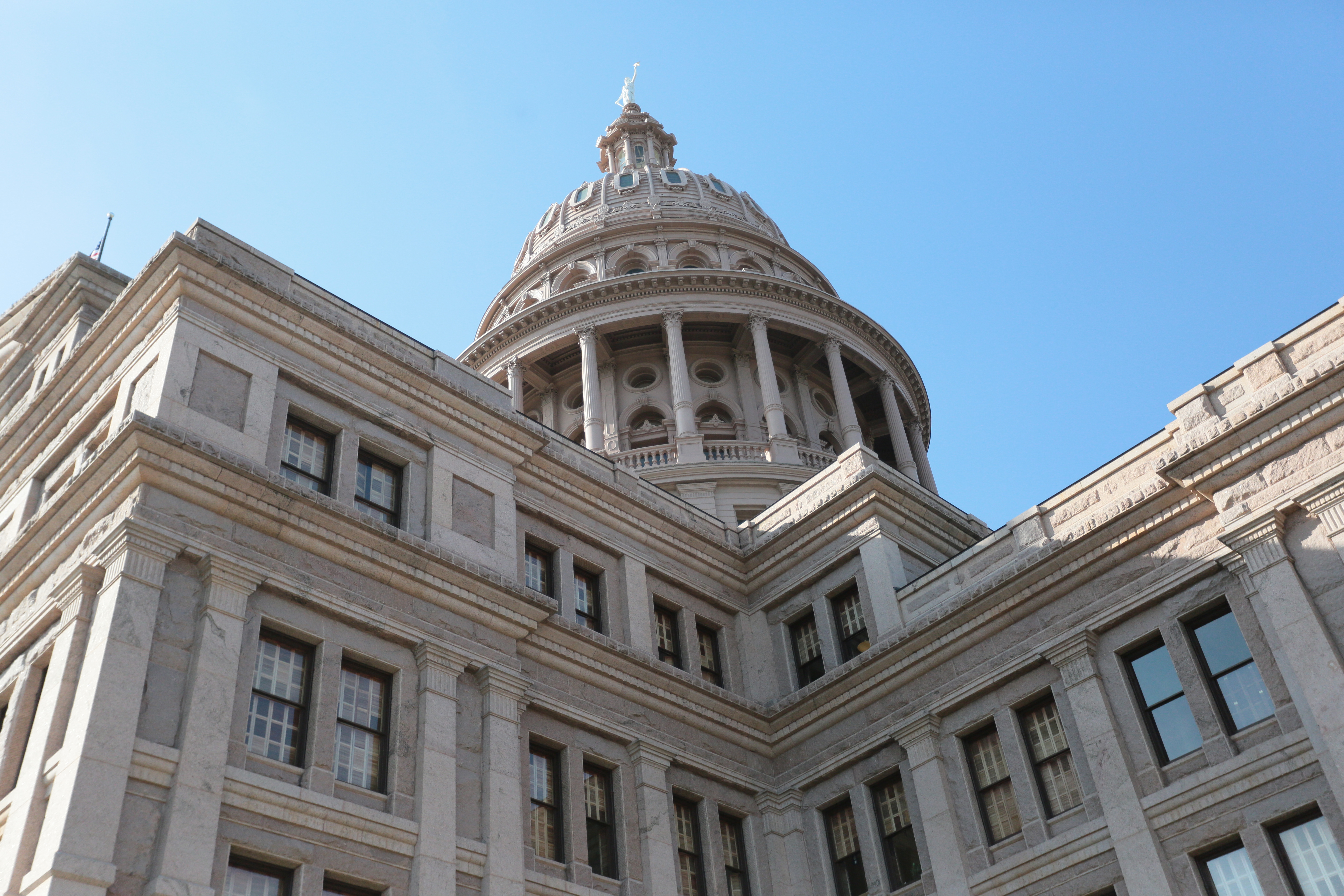
Finger-Wagging, but No Oversight, for Texas Redistricting
A federal court delivers a stern warning but no relief despite Texas’ long history of deliberately discriminatory voting laws.

Even though Texas lawmakers deliberately discriminated against minority voters the last time they drew congressional and state district lines, the Texas Legislature will create new maps in 2021 without the safety net of federal oversight.
A panel of three federal judges on Wednesday shot down a request from voting rights groups arguing that Texas’ lengthy and recent history of racist voting laws should require the state to clear its next round of maps with the feds. Legal experts say the ruling, another loss for plaintiffs in the state’s marathon redistricting lawsuit, underscores how in recent years the courts have gutted the power of the 1965 Voting Rights Act, striking down a provision that had long been considered the crown jewel of the civil rights movement.
Under the Voting Rights Act, Texas and several other states with a history of race-based discrimination (most of them former members of the Confederacy) were once required to seek federal approval, so-called preclearance, whenever they changed their voting laws. That ended in June 2013, when the U.S. Supreme Court dismantled that key plank of the law. In his opinion, Chief Justice John Roberts wrote at the time that preclearance was no longer needed because, “Our country has changed.”
“This was a big test case, and the court ended up taking a cautious approach, which I think is disappointing.”
Texas’ redistricting lawsuit bridges the preclearance and post-preclearance eras. When Texas lawmakers created new maps in 2011 to account for four new congressional seats the state picked up after the 2010 Census, they drew three districts in reliably white, Republican territory, even though almost all of the state’s population growth over the previous decade had occurred in minority communities. Among other tricks, GOP mapmakers also swapped active Hispanic voters with low-turnout Hispanics to boost a district’s Anglo voting power while still making the district look good on paper.
The preclearance provision of the Voting Rights Act kept the worst parts of the state’s 2011 redistricting plan from going into effect, forcing officials to negotiate interim maps to use during the 2012 election. When they went back into session in 2013, Texas lawmakers chose to cut their losses and make those interim maps permanent. The Supreme Court axed the preclearance provision of the Voting Rights Act soon afterward.
Plaintiffs in the case argued that even though the 2013 maps were better than the deliberately discriminatory 2011 ones, they still sprang from the GOP-dominated Legislature’s desire to curb Texas’ growing minority vote. In effect, racism was already baked into the cake. The lower courts largely agreed, saying you can’t so easily divorce the state’s current maps from the discrimination of the earlier ones, in part because the maps still feature some remarkably gerrymandered districts. The Supreme Court disagreed last year, shifting the burden away from the state and directing the lower courts to presume “good faith” on the part of lawmakers when deciding whether they intentionally discriminated against voters of color. In her dissent, Justice Sonia Sotomayor predicted bleak consequences for voting rights, writing that minority voters would continue to suffer from “the manipulation of district lines specifically designed to target their communities and minimize their political will.”
“This gives Texas a much freer hand to engage in the kind of conduct that would have gotten a close federal look in the past.”
Still, plaintiffs in the redistricting lawsuit insisted that the record in the case, combined with the state’s long history of discriminating against minority voters, justified putting Texas back under federal preclearance, at least for the state’s next round of redistricting. They cited a relatively untested portion of the Voting Rights Act, section 3, that allows courts to put jurisdictions back under preclearance after a finding of intentional racial discrimination, a so-called “bail in” provision. A panel of federal judges in San Antonio denied that request on Wednesday.
“This was a big test case, and the court ended up taking a cautious approach, which I think is disappointing,” said Michael Li, a voting rights expert at the Brennan Center who’s closely followed the state’s redistricting battle. Another elections law expert, Rick Hasen with the University of California at Irvine, worries the ruling could embolden lawmakers to be even more brazen the next time they draw district lines. “This gives Texas a much freer hand to engage in the kind of conduct that would have gotten a close federal look in the past,” he told the Observer in an email.
Still, the court didn’t rule out federal oversight in the future. In their ruling, the judges put Texas on notice, saying they harbor “grave concerns” about the state’s conduct. “Texas would be well advised to conduct its redistricting process openly, with the understanding that consideration of bail-in is always an option,” the judges wrote. Nina Perales, a lawyer with the Mexican American Legal Defense and Education Fund, called the ruling “disappointing,” but added, “On the upside, the court issued a very stern warning to the state of Texas.”
Only time will tell whether such finger-wagging can really stanch the flow of deliberately discriminatory voting laws coming out of the Texas Legislature.
READ MORE:
-
Redistricting Guru Michael Li on Texas’ Gerrymandered Maps: Li, who grew up in Texas, has followed Texas’ seven-year legal fight to dilute minority voting power from the beginning.
-
‘Dumbfounding’ Ruling on Texas’ Gerrymandered Maps Steers Supreme Court Away From Race: The ruling sets a nearly impossible standard for proving allegations of “discriminatory intent,” the only way left to rein in states that pass racist voting laws.
-
Blake Farenthold and the Consequences of Extreme Gerrymandering: How the Corpus Christi Republican, who abruptly resigned from Congress this week, benefited from a discriminatory redistricting plan that’s now before the Supreme Court.
-
In the Midterms, Texans Face a ‘Panoply of Voter Suppression’: Civil rights groups accuse Texas of implementing a layer-cake of voter suppression techniques.


